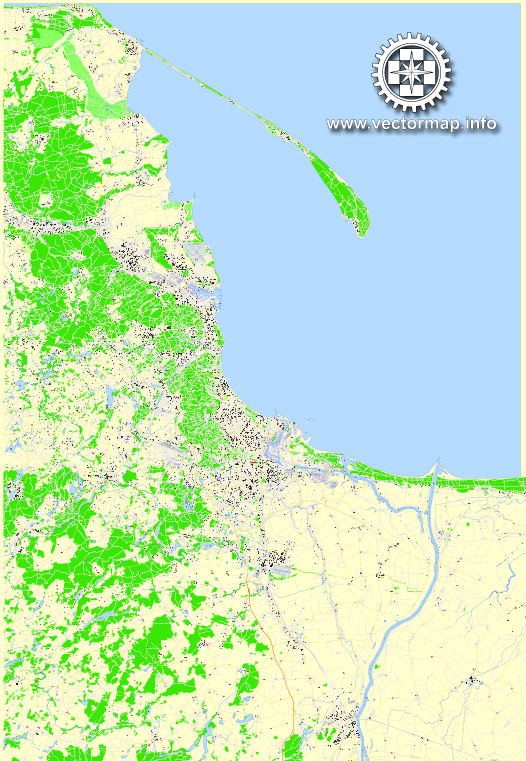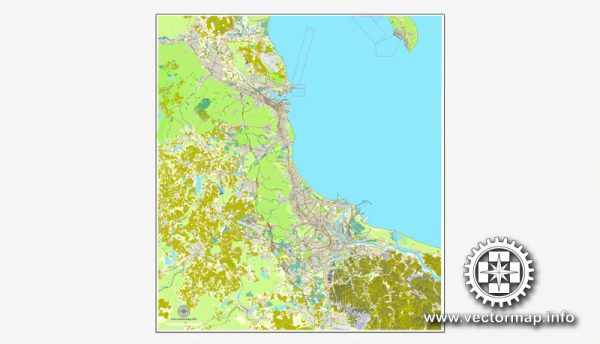Gdańsk, Gdynia, and Sopot are all cities located in the Pomeranian Voivodeship on the Baltic coast of Poland. These cities are known for their proximity to the Baltic Sea, which provides them with various water resources and the need for bridges due to their coastal and maritime nature.
Water Resources:
- Baltic Sea: These cities are located along the coastline of the Baltic Sea, which is a significant source of water resources. The sea provides opportunities for shipping, fishing, and tourism.
- Rivers and Lakes: While not as prominent as the sea, the region has several rivers and lakes. The Vistula River, Poland’s longest river, flows through this region, and its estuaries play a vital role in maintaining the local ecosystem and providing water resources.
- Groundwater: The cities rely on groundwater as a source of drinking water. Local authorities have established well-managed water treatment facilities to ensure a steady supply of clean drinking water to residents and businesses.
Bridges:
- Świętokrzyski Bridge (Most Świętokrzyski): Located in Gdańsk, it’s one of the city’s key bridges, connecting different parts of the city over the Motława River.
- Chrobry Embankment (Wały Chrobrego): Gdynia’s historic embankment features several bridges connecting the city’s port area to the rest of the city.
- Józef Piłsudski Bridge: It connects Gdańsk and Sopot. This bridge plays a crucial role in connecting these two cities, facilitating transportation and trade between them.
- Biały Bridge (Most Biały): In Sopot, this bridge connects the city to Gdańsk over the Potok Łagiewnicki.
These cities have a network of bridges, large and small, to facilitate the movement of people and goods across water bodies. The maritime nature of the region, including its ports, has contributed to the development and maintenance of these bridge structures to ensure connectivity and economic activity. Additionally, the cities have invested in maintaining and improving their infrastructure to support their growing populations and tourism industry.



 Author: Kirill Shrayber, Ph.D.
Author: Kirill Shrayber, Ph.D.